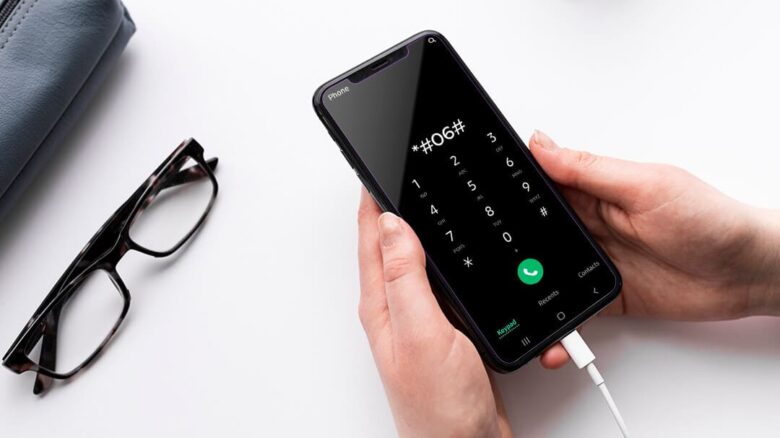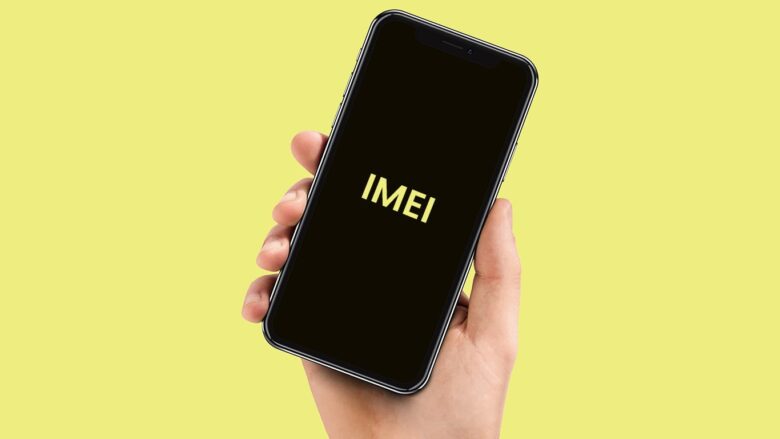In today’s world, smartphones have become an essential part of our lives. We use them to stay connected with our loved ones, work, and even make payments. However, have you ever wondered about the unique code that identifies your phone? This code is called an IMEI number. In this article, we’ll take a closer look at the IMEI digit and everything you need to know about it.
Contents
What is an IMEI Number?
In the modern age of technology, smartphones have become an indispensable part of our lives. As we use our phones to perform various tasks, including communication, payments, and entertainment, it is essential to keep them secure. To aid in this, each smartphone comes with a unique code called the International Mobile Equipment Identity.
IMEI is a 15-digit unique identification digit that serves as a crucial identifier for mobile devices. It is a global standard that is used by network operators, manufacturers, and authorities to track and manage mobile devices. This is like a fingerprint for your smartphone, and it holds essential information about the device.

Source: ting.blog
The Structure of an IMEI Number
The IMEI digit is a 15-digit code that consists of different sections. The first eight digits of the code represent the Type Allocation Code (TAC), which identifies the phone’s model and manufacturer. The next six digits are known as the Serial Number, which identifies the device’s unique serial digit. Finally, the last digit is a checksum, which is used to verify the validity of the IMEI digit.
Where to Find Your IMEI Number
There are different ways to find it on your phone. The easiest way is to dial *#06# on your phone’s keypad. This will display on your phone’s screen. You can also check your phone’s packaging or receipt, where it is usually printed. Additionally, you can find it by navigating to your phone’s settings and looking under “About Phone” or “General.”
The Importance of the IMEI Number
The IMEI number is essential for several reasons. Firstly, it helps mobile network operators to track stolen phones and block them from accessing their networks. This helps to prevent phone theft and ensure that stolen phones are not used for criminal activities. Secondly, manufacturers use it to track warranty and repair information for your phone. Finally, it can be used to check if a phone has been blacklisted due to theft, loss, or non-payment of bills.

Source: techcult.com
Where Can You Find Your IMEI Number?
The International Mobile Equipment Identity is a unique 15-digit code that identifies your smartphone. There are different ways to find your IMEI digit, including:
Dialing *#06#
By dialing the code *#06# on your smartphone, you can easily retrieve a 15-digit unique code that identifies your device. This code is useful for tracking and managing mobile devices and is crucial for purposes such as warranty and repair information, and theft prevention.
Check the Phone’s Packaging or Receipt
If you need to find your smartphone’s unique identification digit, you can check the phone’s packaging or receipt. Look for a sticker or label with a series of digits printed on it. This code is important for purposes such as warranty and repair information, and tracking and managing mobile devices.
Check the Phone’s Settings
You can also find it by navigating to your phone’s settings and looking under “About Phone” or “General.” This digit is usually listed in the phone’s software settings.

Source: independent.ie
What Information Does the IMEI Number Hold?
The International Mobile Equipment Identity is a unique 15-digit code that identifies your smartphone. This code holds important information about your phone, which is useful for various purposes.
Manufacturer and Model Number
It holds information about your phone’s manufacturer and model number. This information is essential for mobile network operators, manufacturers, and authorities to track and manage mobile devices. It helps identify the phone’s compatibility with different networks and its software and hardware specifications.
Country of Origin
The first three digits represent the Reporting Body Identifier (RBI), which identifies the phone’s country of origin. This information is essential for regulatory purposes and is used by authorities to identify counterfeit phones and illegal imports.
Serial Number
The next six digits are known as the Serial Number. This identifies the device’s unique serial digit and is essential for tracking and managing the phone’s warranty and repair information. It helps manufacturers keep track of the phone’s production and sales, as well as ensure that it is functioning correctly.
Blacklist Status
The IMEI number can also be used to check if a phone has been blacklisted. Blacklisting occurs when a phone is reported as lost or stolen, or when the owner fails to pay their bills. Mobile network operators use the IMEI digit to track stolen phones and block them from accessing their networks. This helps reduce phone theft and ensures that stolen phones are not used for criminal activities.

Source: hybridsim.com
Why is the IMEI Number Important?
The IMEI number is crucial for several reasons, including:
- Stolen phone tracking: Mobile network operators use it to track stolen phones and block them from accessing their networks. This helps reduce phone theft and ensures that stolen phones are not used for criminal activities.
- Warranty and repairs: It is used by manufacturers to track warranty and repair information for your phone.
- Blacklist status: The IMEI digit can also be used to check if a phone has been blacklisted due to theft, loss, or non-payment of bills.
Can the IMEI Number be Changed?
In some cases, the IMEI number can be changed. However, this is illegal in most countries, and it can result in severe consequences such as fines and imprisonment. Additionally, changing the IMEI digit can also result in the phone becoming unusable or losing its warranty.
Conclusion
In conclusion, the IMEI number is a crucial identifier for your smartphone that holds important information about it. It is essential to keep track and ensure that it is not shared with unauthorized individuals. Furthermore, it is illegal to change it, and doing so can result in severe consequences.
